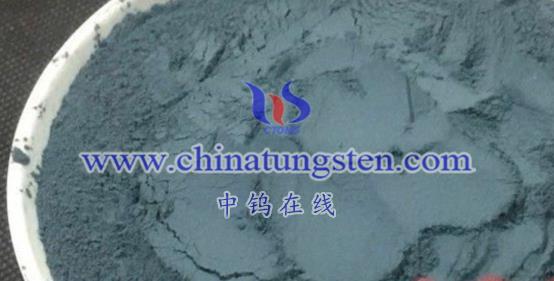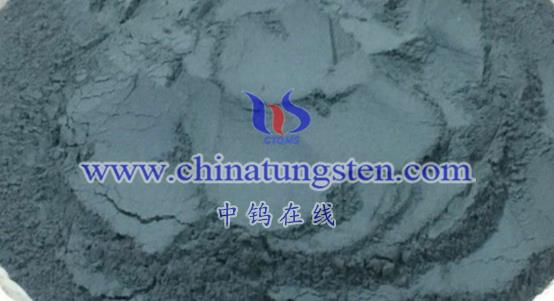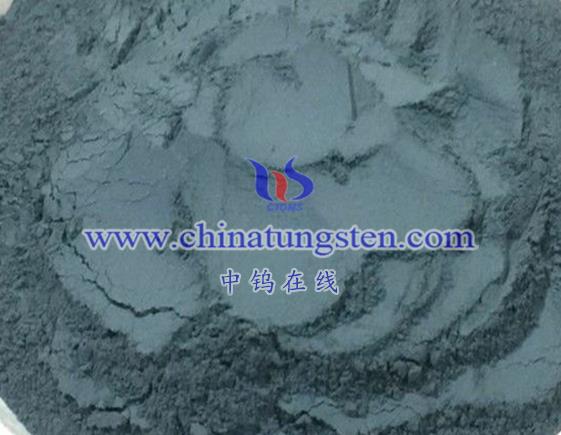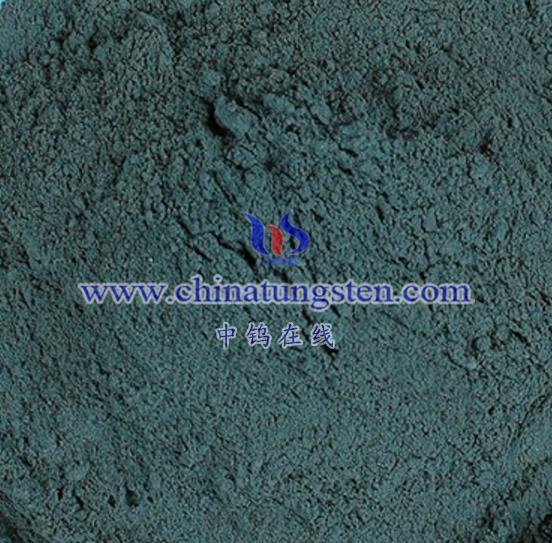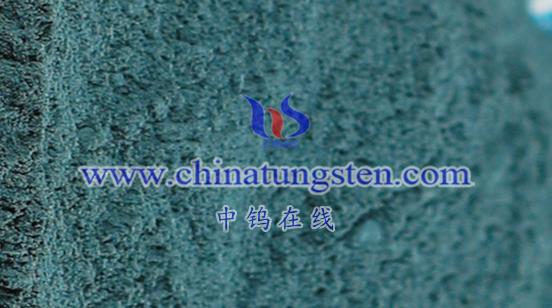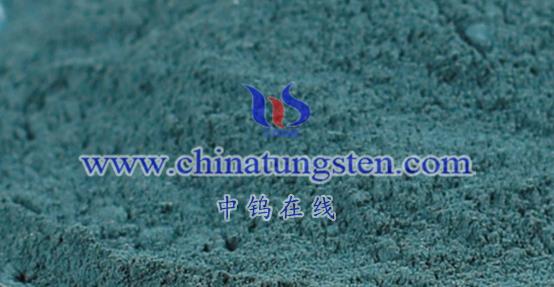
The color change mechanism of WO3 electrochromic films is primarily based on the valence state transition theory proposed by Faughnan, which explains the reversible color change of WO3 films under the influence of an external electric field. Below is a detailed explanation of the color change mechanism:
- Basic Principle of the Color Change Mechanism in WO3 Electrochromic Films
The electrochromic effect refers to the phenomenon where the optical properties of a material change in a stable and reversible manner under the action of electric current or an external electric field. As one of the most typical inorganic electrochromic materials, WO3 exhibits excellent performance in electrochromic films.
- Color Change Mechanism of WO3 Electrochromic Films – Color Change Process
Injection of Electrons and Cations
When an external electric field is applied to the WO3 thin film, electrons (e-) and metal cations (M+, such as H+, Li+, Na+, Ag+, etc.) are simultaneously injected into the WO3 from both sides of the film.
Electrons are captured by W atoms, forming localized electronic states.
Metal cations reside in the area, combining with WO3 to form deep blue tungsten bronze compounds (MxWO3).
Formation of Tungsten Bronze Compounds and Color Change
In MxWO3, W atoms exhibit different valences, leading to a coexistence of W5+ and W6+ valence states. The transition of electrons between adjacent W atoms with different valences causes the color change in the WO3 thin film.
The original WO3 thin film may appear slightly blue or colorless. As the reaction proceeds, the film’s color gradually deepens, eventually becoming blue-black.
- Reaction Equation of the Color Change Mechanism in WO3 Electrochromic Films
The electrochemical reaction equation for this process can be expressed as:
WO3+xM++xe−→MxWO3WO3 + xM^+ + xe^- rightarrow M_xWO3WO3+xM++xe−→MxWO3
where M represents the injected metal cation, and x represents the number of injected ions and electrons, with 0<x<10 < x < 10<x<1.
- Fading Process
When the external electric field is reversed or removed, the injected electrons and cations are extracted from MxWO3, causing the film’s color to gradually return to its original state (though it may be slightly darker). The reaction equation for the fading process is the reverse of the coloring process.
- Application Areas
WO3 electrochromic films have broad application prospects due to their excellent electrochromic performance. They can be used in smart windows for buildings, automotive rearview mirrors and windshields, electrochromic storage devices, and flat-panel displays. Additionally, due to their wide range of light transmission variation, low driving voltage, superior storage capabilities, and low power consumption, they also hold significant application value in optical information and storage displays, military camouflage, smart windows, and photoelectric switches.
The color change mechanism of WO3 electrochromic films is based on the injection and extraction of electrons and cations under the influence of an external electric field, leading to changes in valence states and electron transitions within the WO3 film, thereby achieving reversible color changes.
More details of tungsten oxide product, please visit website: tungsten-oxide.com
Please contact CHINATUNGSTEN for inquiry and order of tungsten oxide:
Email: sales@chinatungsten.com
Tel.: 86 592 5129595
